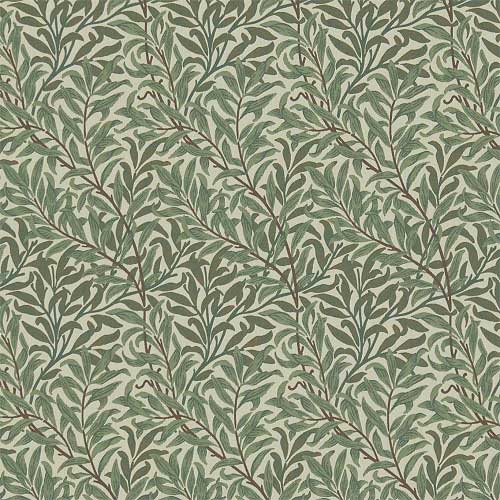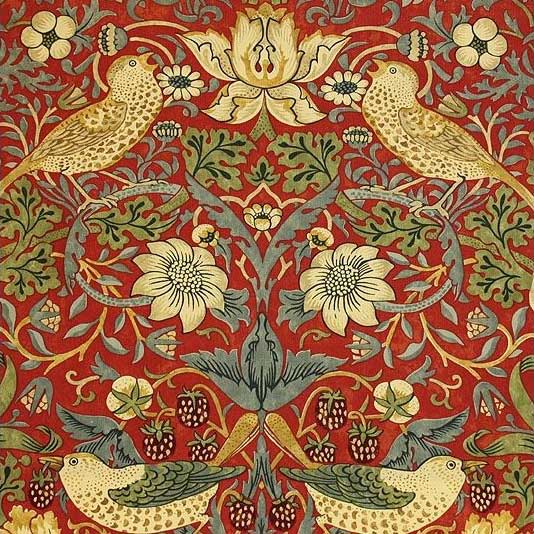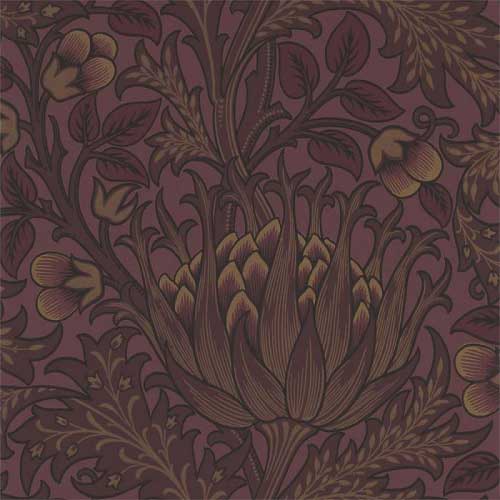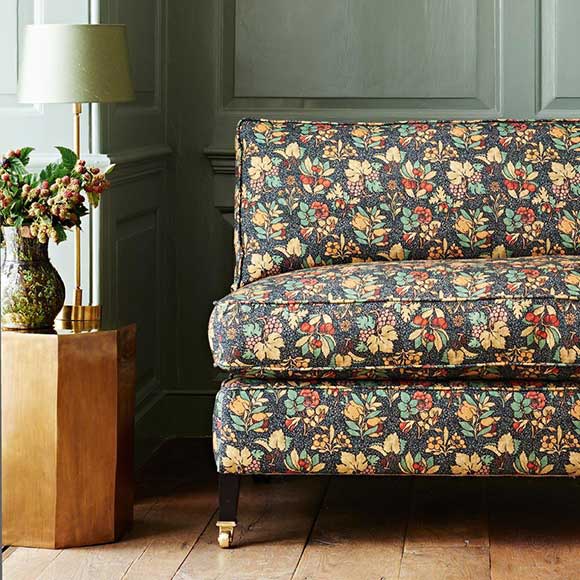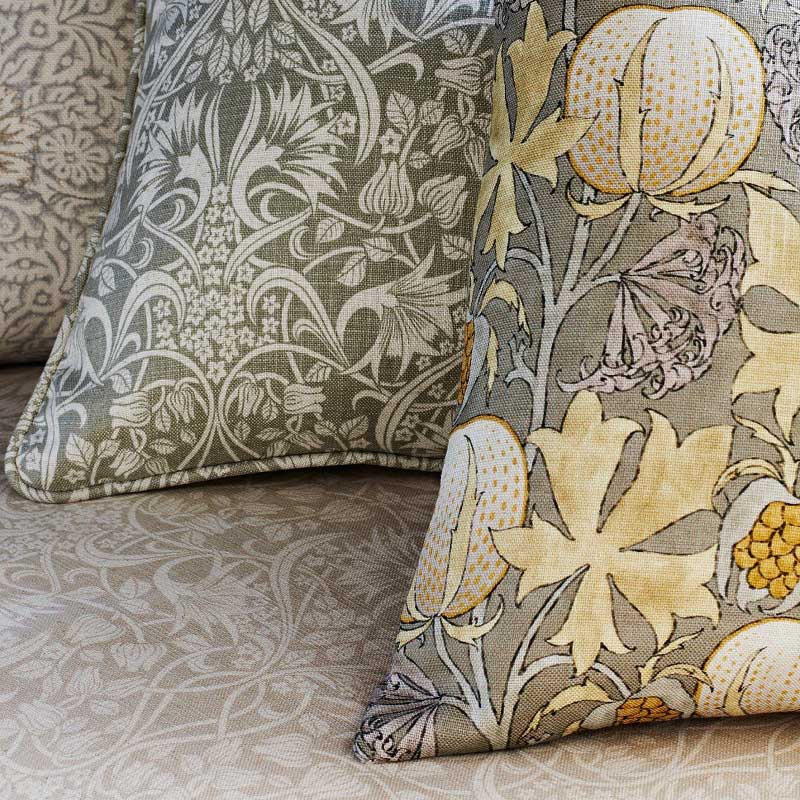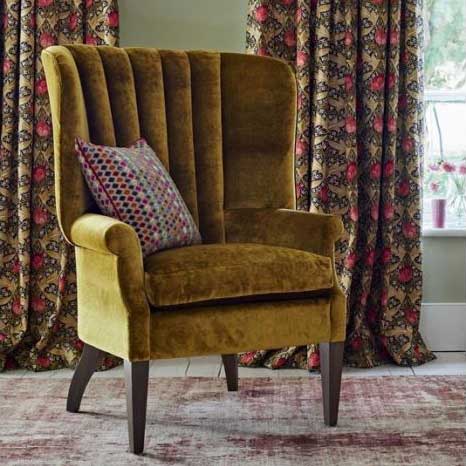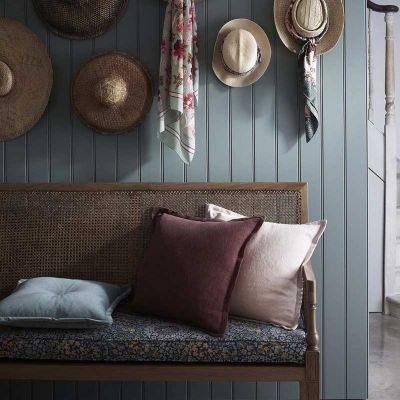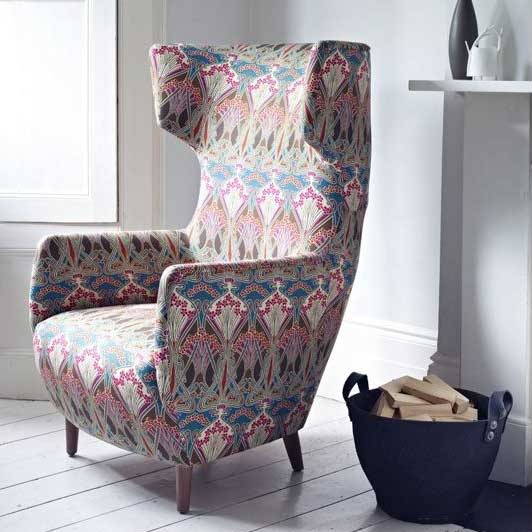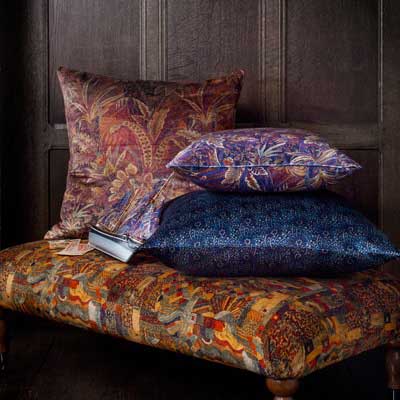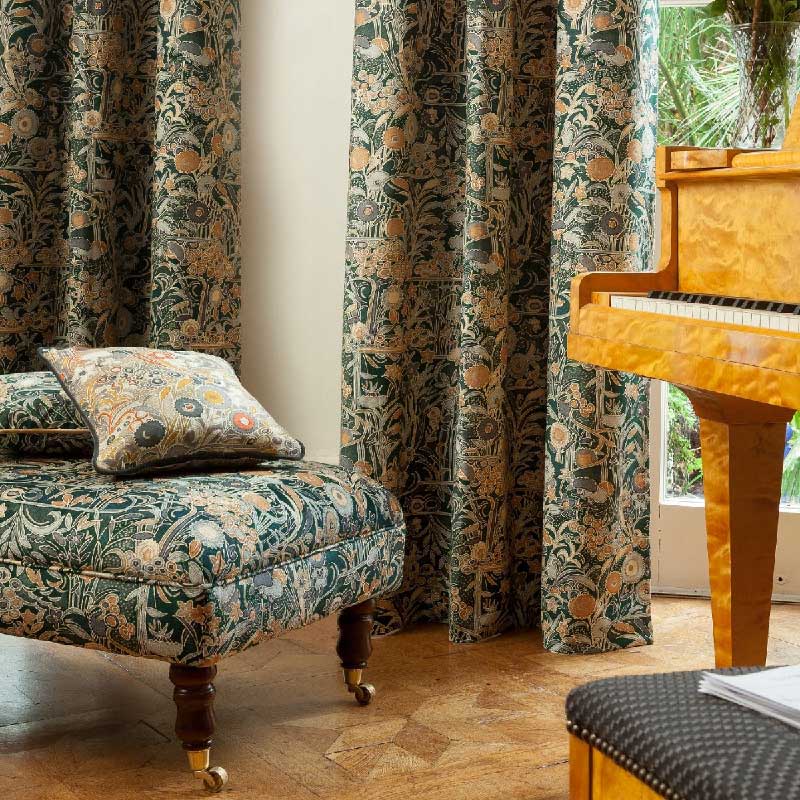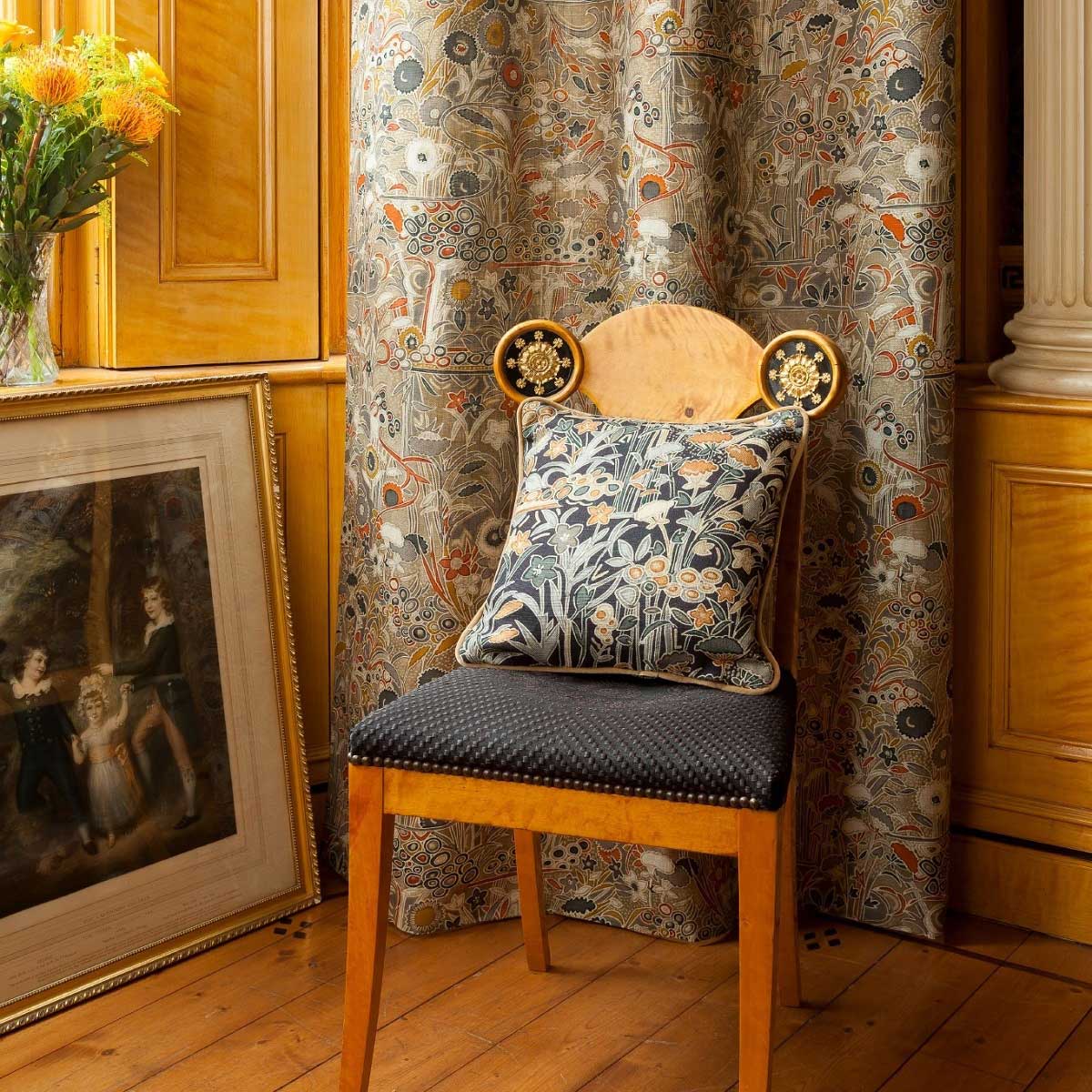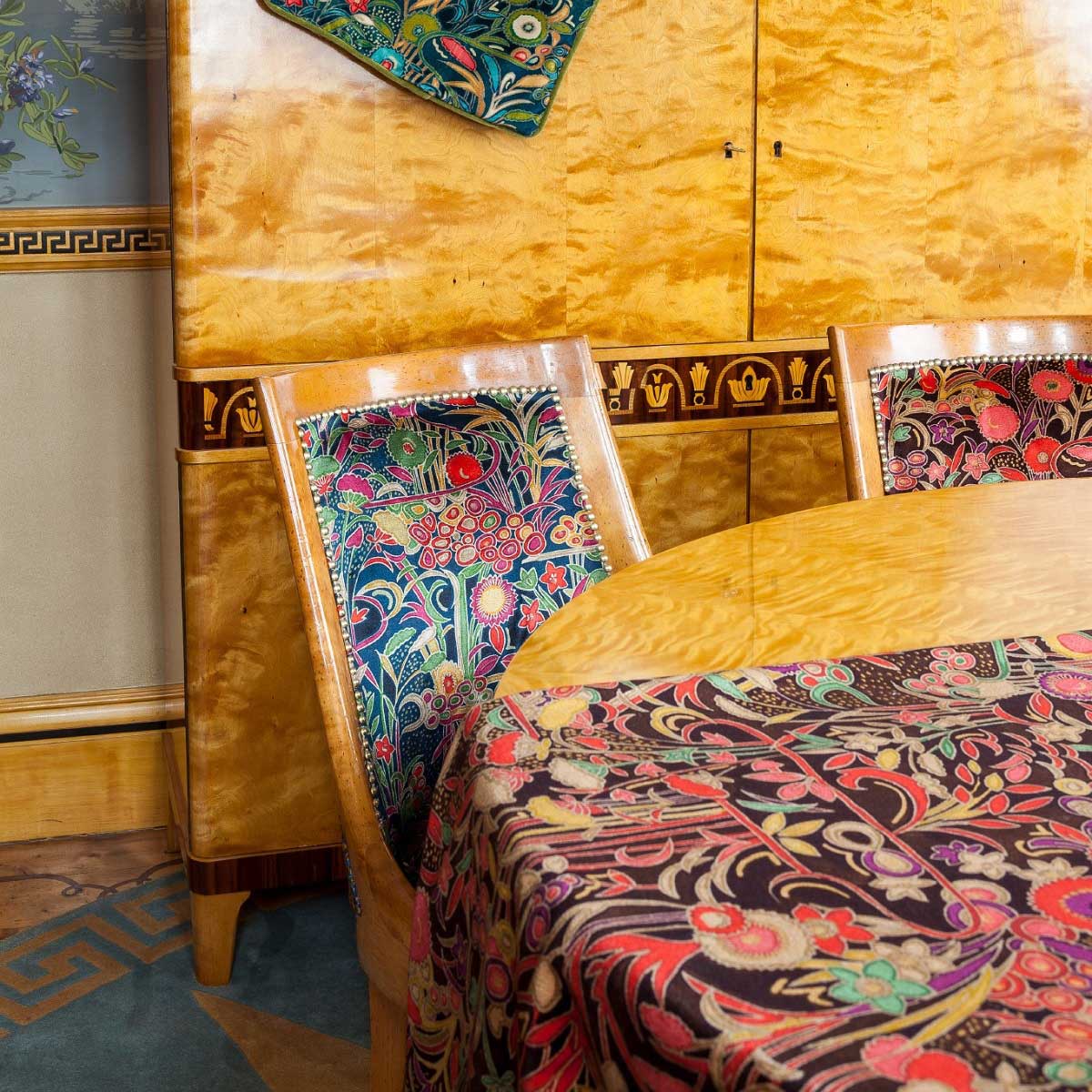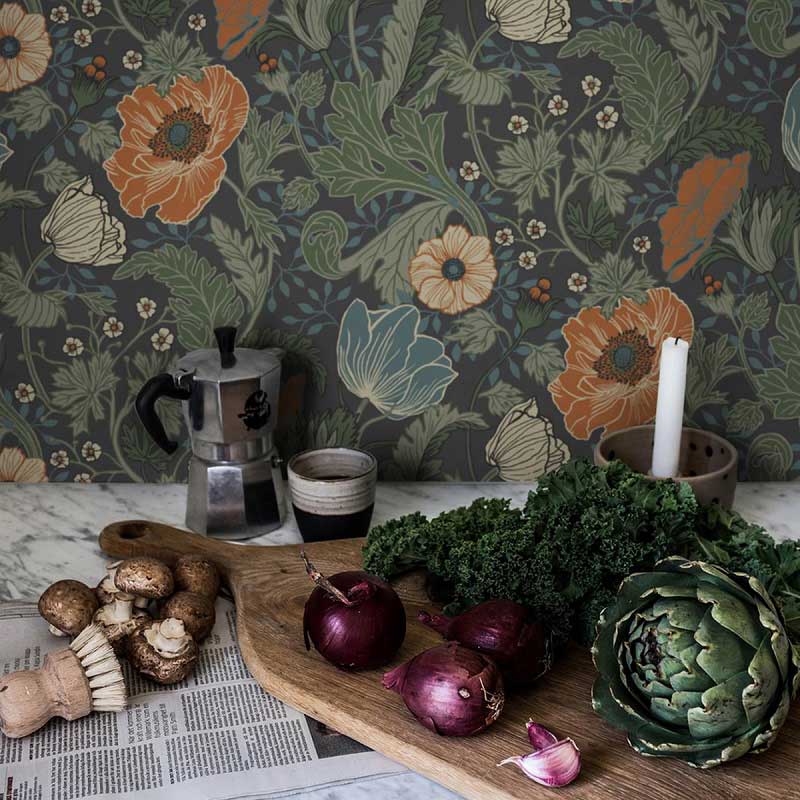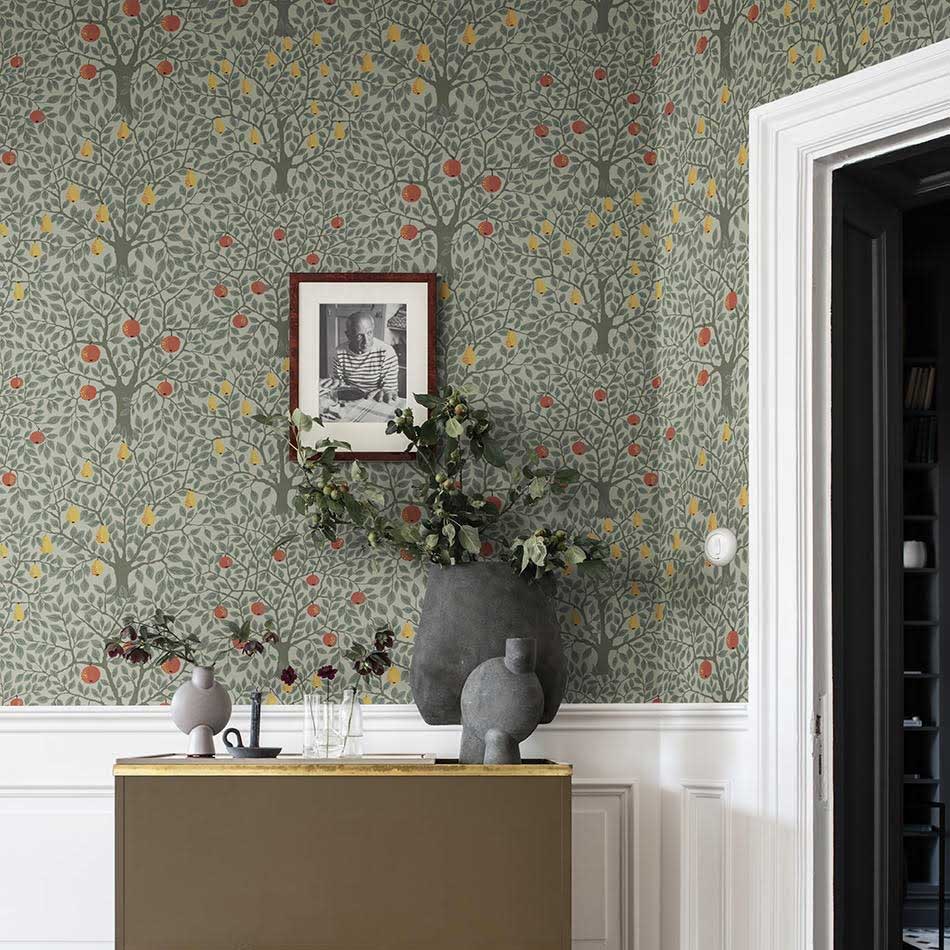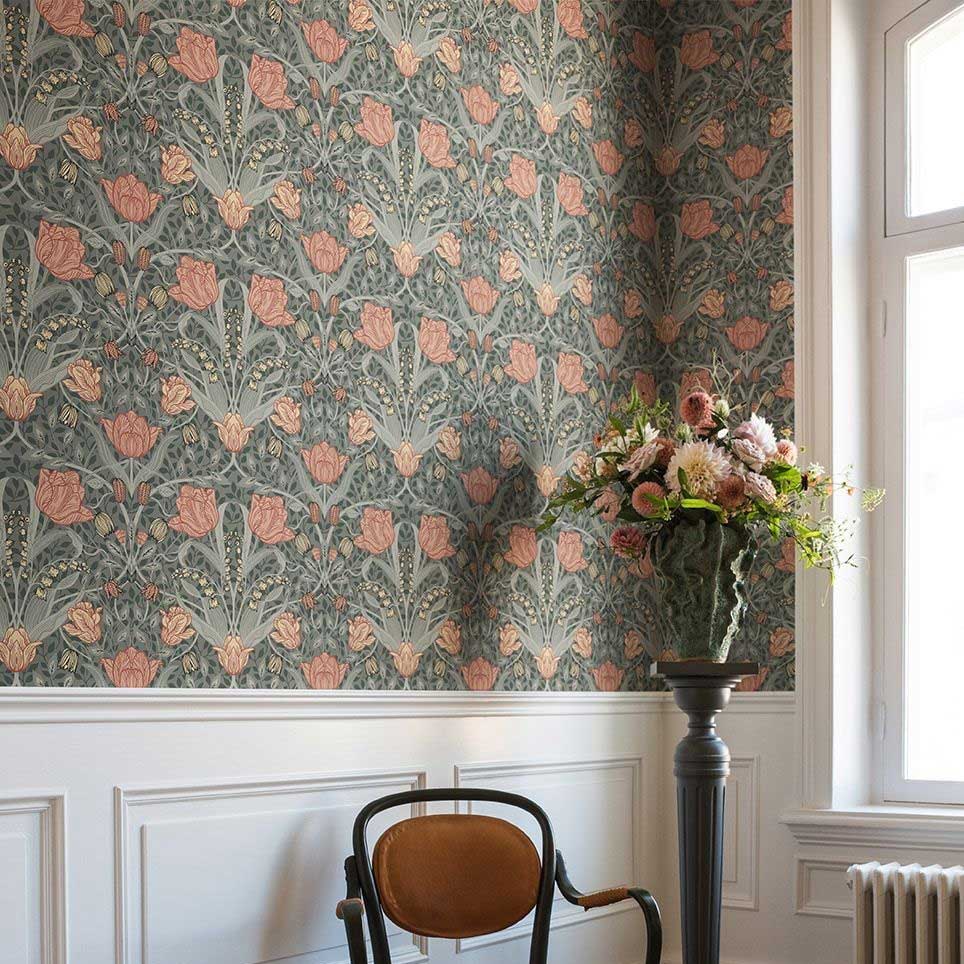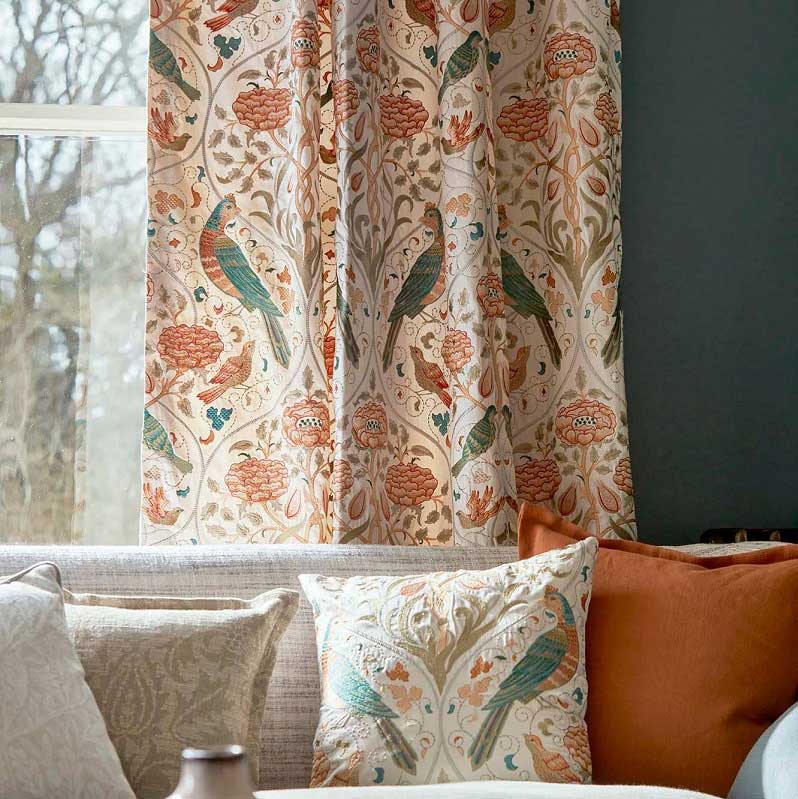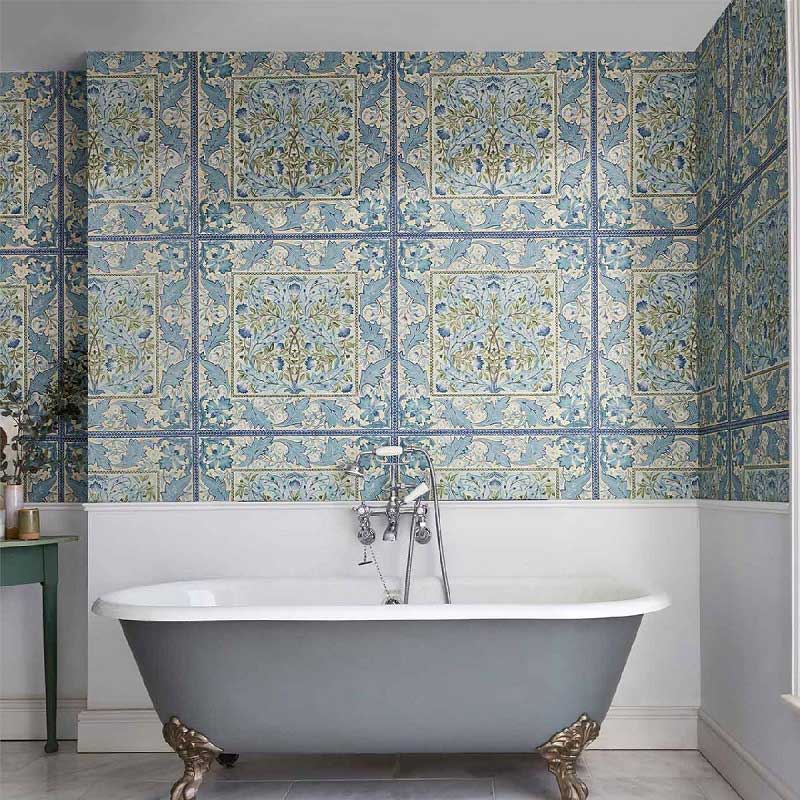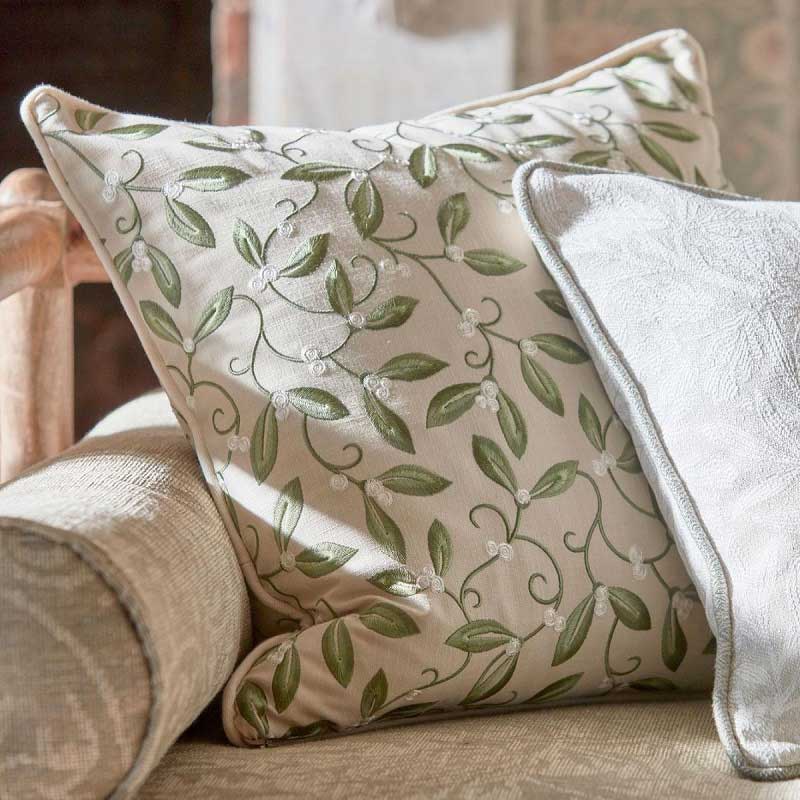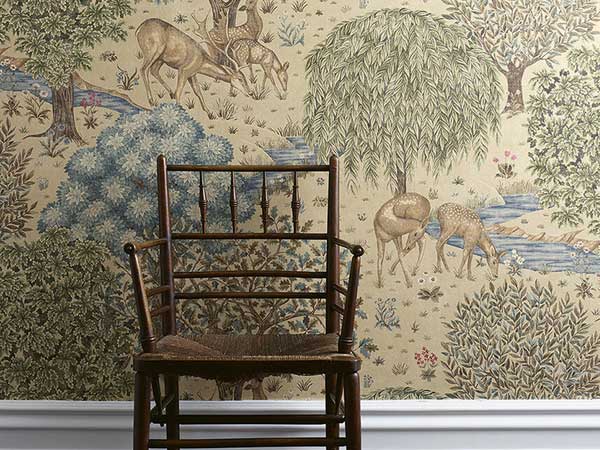The influence of the Arts and Crafts Movement is still influencing interior design trends today. We take a look at how it all started and what Arts and Crafts style means in the 21st century...
The Arts and Crafts Movement
The Arts and Crafts Movement began in Britain during the mid-19th century as a reaction to the increasing effects of industrialisation on society. As more and more machines replaced human labour in the workplace, artists, tradesmen and designers grew concerned at the mass-produced, poor-quality items being churned out. They wanted a return to more artisan production, in which items were made by hand and the maker had more control over the creative process.
The movement expressed itself in the form of art, textiles, music, and even stage productions. The overarching theme of these works was nature, a nod towards earlier times when people lived in less urban settings, working using traditional methods and materials.
By the turn of the century, over one hundred Arts and Crafts groups had formed in Britain. The movement was seeping into all aspects of society including architecture, city planning and even politics. At the heart of the movement was the idea that art and craftsmanship could have a positive impact on people’s lives and change society for the better.


William Morris
Arguably one of the most influential figures of the Arts and Crafts Movement was William Morris. Born in 1834, he went on to become an artist, poet, and politic theorist.
Today, Morris is regarded as the greatest wallpaper and textile designer of the 19th century. This is largely due to his extraordinary talent for pattern design.
It's also in no small part due to William Morris' colourful and inspiring life story and his forceful intellect and personality. Throughout his lifetime, he continually pushed for the Arts and Crafts cause. He wrote many influential papers, gave lectures, and founded important societies such as the Art Workers’ Guild. He also fought for better working conditions for labourers.
In 1861, Morris and a few associates set up the business Morris, Marshall, Faulker & Co, which produced magnificent tapestries, wallpapers, rugs, tiles, and furniture. In 1875, Morris took full control of the company and Morris & Co was born.
Over 120 years after Morris’ death, the company continues to release collections. The designs are faithfully reproduced from Morris’ original patterns, and with the same exquisite attention to detail, style, and colour.
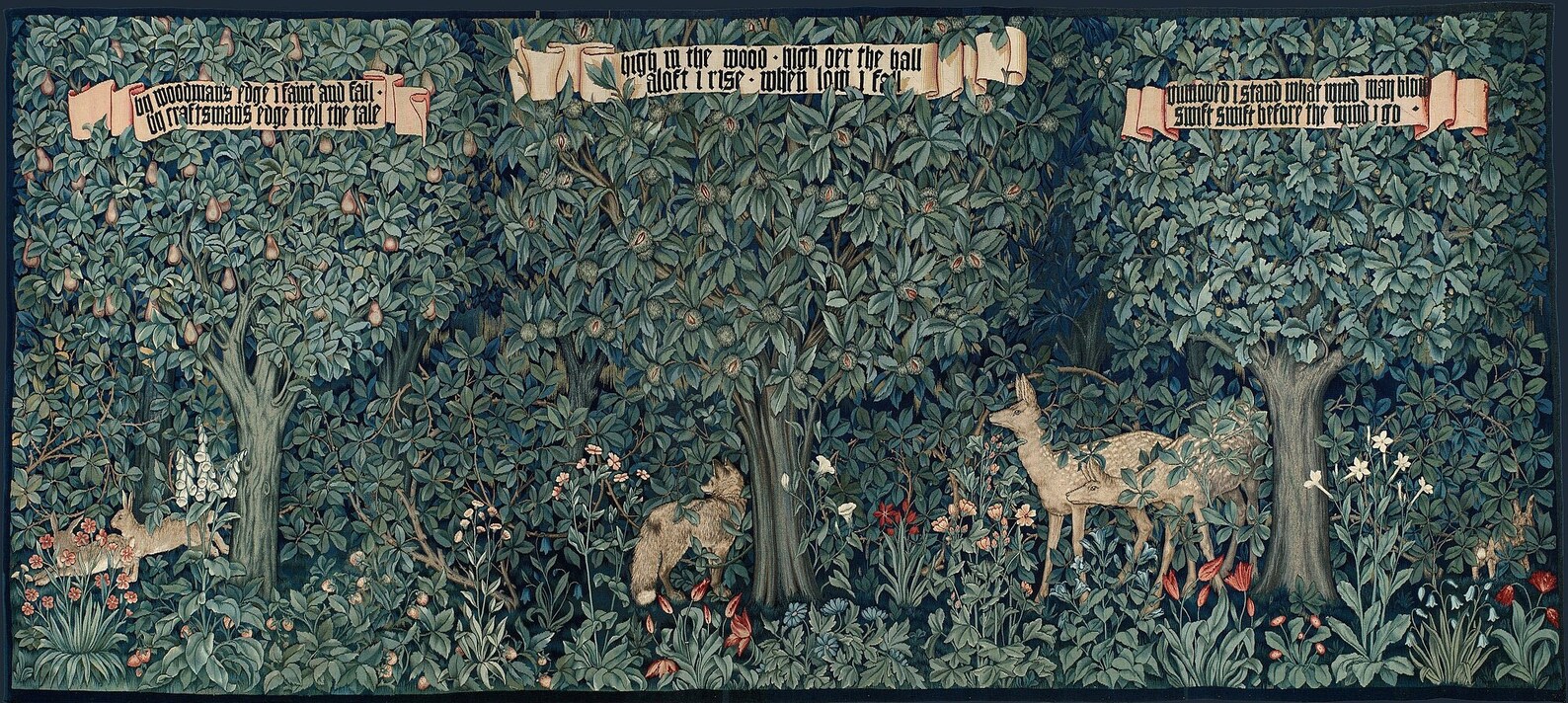

Morris & Co. Tapestry: Greenery (1892), wool and mohair. Designed by John Henry Dearle (1860–1932).
Arts & Crafts Style
Designs that are from or inspired-by the Arts and Crafts era have a number of distinguishing characteristics. Here's a few that make them almost instantly recognisable.
The influence of the Arts and Crafts Movement is still influencing interior design trends today. We take a look at how it all started and what Arts and Crafts style means in the 21st century...
Nature
The overarching theme of Arts and Crafts works is nature, and patterns in a quintessentially English style. They often feature tangled hedgerows, leafy trails, and wildflower meadows.
Early Arts and Crafts designers used motifs such as ripe fruits, colourful birds, and flowers in bloom. This was a deliberate attempt to portray the countryside as an idyllic place compared with the dull and stuffy nature of city factories. Many of these artists and craftsman had been forced to leave behind their rural lives to find work in the city, so their art was a swan song to the life they longed for.
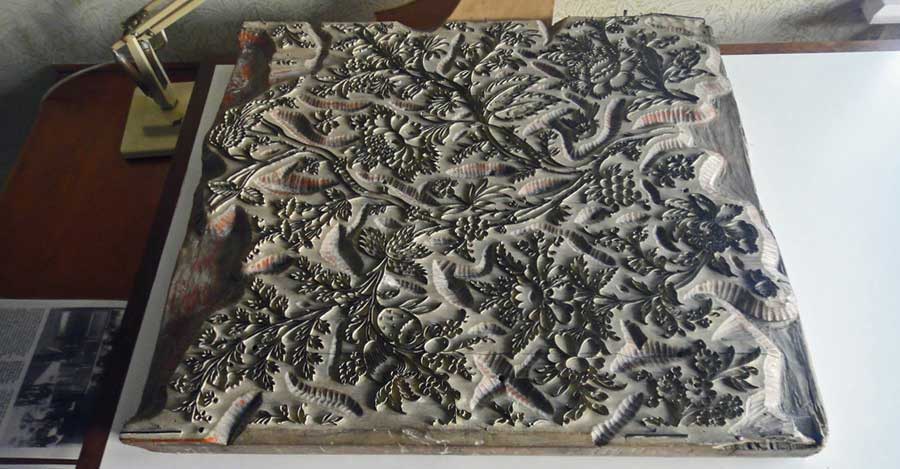

A wallpaper woodcut on display at The Red House, Bexleyheath, London.
Pattern and Colour
Another characteristic of the Arts and Crafts style is the use of pattern. Designs are sprawling and highly decorative, with immense detail and fantastic use of colour.
Designs traditionally feature earthy reds and oranges, deep greens, and golden yellows. Many early designers favoured natural vegetable dyes over the synthetic equivalents available at the time. They then aged beautifully and more closely resembled the ones used in medieval practises. The result is that a fabric or wallpaper transcends the practical and becomes pieces of artwork in their own right.
Modern Arts and Crafts
Just as it did over a century ago, society is turning its back on mass-produced goods as people seek innovative original pieces for their homes. More interior design inspiration is also being taken from nature. People are seeking refuge from the hustle and bustle of daily life by bringing beauty and creativity to their homes. As such, many designers have reworked archival prints into their new collections, bringing Arts and Crafts style into the modern world. Here's a few of our favourites...
Original V Collection by GP & J Baker
Originals V Collection from GP & J Baker features five printed fabrics that sit strongly within the Arts and Crafts aesthetic. The archival designs, brimming with notable motifs such as jasmine and tulip flowers, ripe berries and serpentine leaves.
They have been produced in the style of notable Arts and Crafts and Art Nouveau designers such as C.F.A Voysey. He produced textiles, wallpaper, and silverware around the turn of the 19th century but later made his name as an architect.
Liberty Art Fabrics Collections
Fashion and home brand Liberty of London has many links to the Arts and Crafts era. In the late 1800s, the company’s founder, Sir Arthur Lasenby Liberty, built strong relationships with many Arts and Crafts designers. These included William Morris and sold their prints in the Liberty department store in London.
Libertys sell two William Morris prints: Strawberry Thief and Lodden in the form of sewing and dressmaking fabrics. Their own Liberty Art Fabrics collections also heavily feature Arts and Crafts style, with strong decorative elements and a continued focus on nature.
The Design Archives Collections
As their name suggests, The Design Archives take beautiful patterns of the past and re-produce them for a new generation. They choose from a range of time periods and bring them to life on quality materials.
Arts and Crafts fabric has recently been on offer in velvet, linen, and blended material. The stunning large print also comes in a range of colours. The results span the ages and provide something for every taste.
Apelviken Collection by Galerie Wallcoverings
The lush foliage prints of the Galerie Wallcoverings' Apelviken Collection makes clear nods to the Arts and Crafts movement. The large stylised designs and focus on nature are unmistakable.
These have been created in traditional and modern colourways alongside smaller, complementary leaf and floral prints. These balance brilliantly for a superb wallpaper selection.
Morris & Co. Collections
Morris & Co. have more in their archive than William Morris designs. They also have other Arts and Crafts designers including his daughter, May Morris. These patterns were re-imagined and celebrated in their Archive Collection V.
Elements of archival patterns were pulled out and/or combined. The prints range between subtle, intricate, and bold. It easily proves why the popularity of Arts and Crafts designs continues today.
You May Also Enjoy Reading...
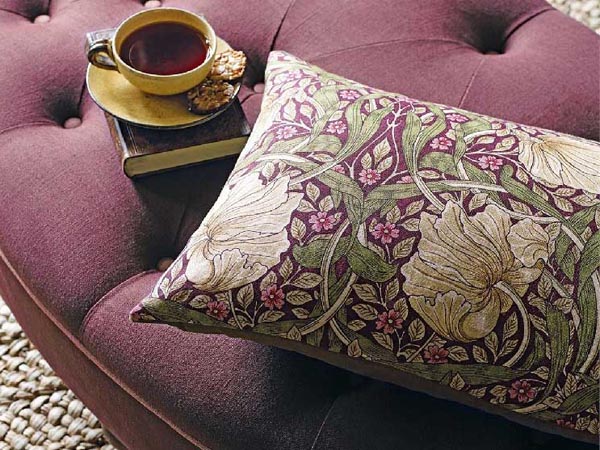

Coffee with... Alison Gee from Morris & Co.
We caught up with Morris & Co. head designer, Alison Gee to learn about their latest collection and the never before released William Morris designs that are now on offer.
- paypal
- visa
- mastercard
- amex

